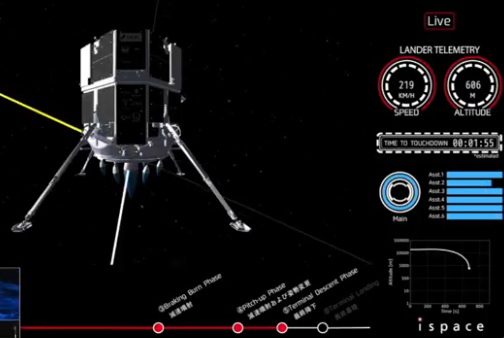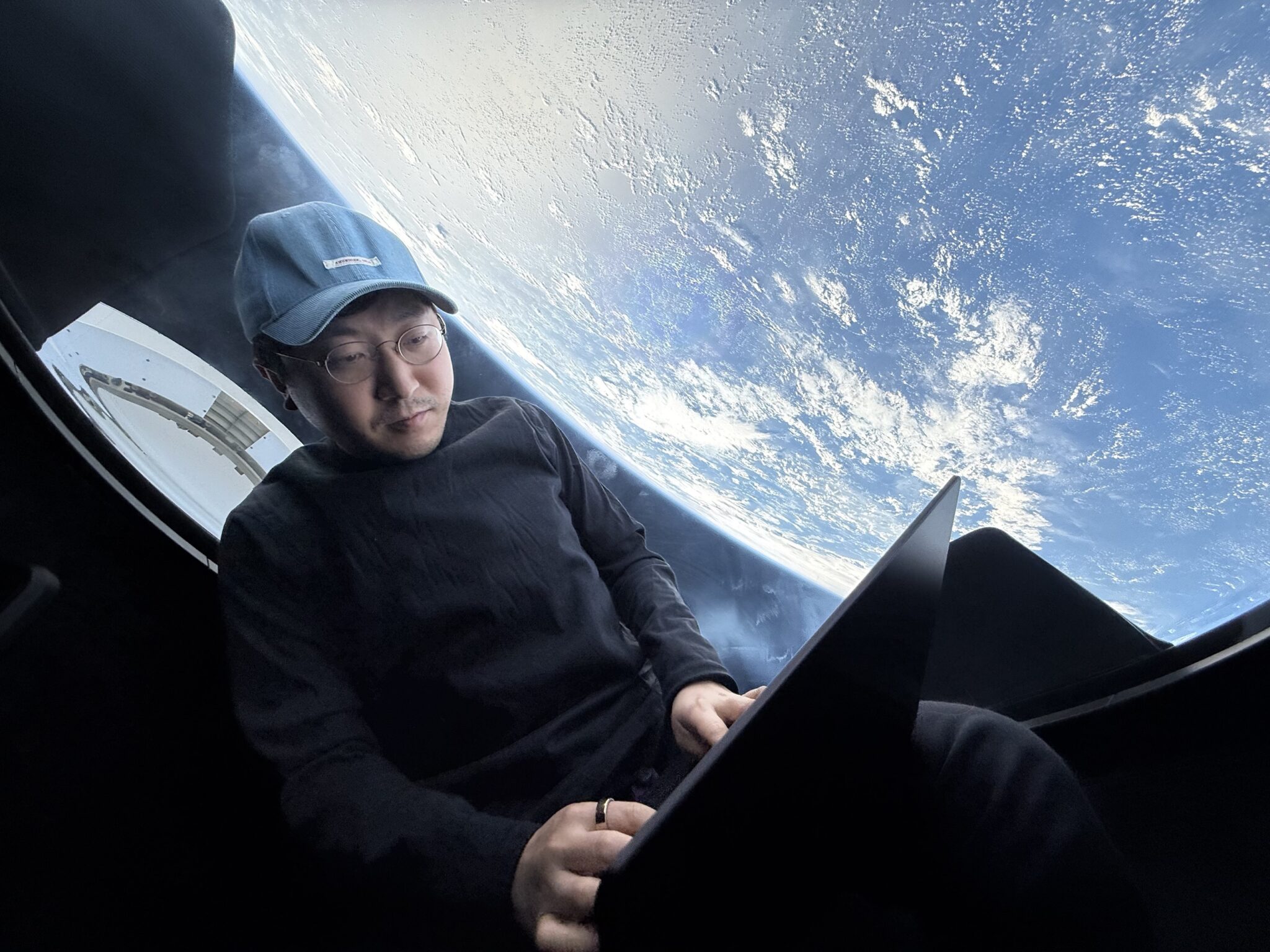Following on from the comments made about the last post concerning Hyperbola’s lunar architecture I thought it a good idea to set out a few more parameters and set the scene in a bit more detail before going forward (aka do some flaming mitigation). And I need a bit more time to assess the Bush 41 Space Exploration Initiative reports and Bush 43 Vision for Space Exploration’s Constellation programme Lunar Architecture Team stuff as well
Delivering the science that the world’s space agencies will promise their governments and peoples is going to see a lot of compromise where research goals and their infrastructure and resupply needs hit the wall of budgetary and technological realities
It is not a simple nexus (if such a thing could exist) of goals, equipment, energy budget, transportation, resupply, people, rather the detailing of infrastructrue that matches the science targets is going to see clashes and inevitably a perfect network that is then “descoped” to tajke into account technological reality and budgetary limitations
Because of this Hyperbola’s architecture rejects the far side huge radio telescope idea as its placement on the lunar surface would be expensive and difficult whether it involved humans or not
Robotically you could, if you had a large enough rocket, send the entire thing, that would then land. Or you could use multiple launches with LEO or even LLO assembly followed by a landing as a complete unit
I don’t think a robotic landing of many modules with automatic on-surface linking up is feasible and the use of humans to do that is also beyond Hyperbola’s resource constraints
Having said that, for the rest of the possible science objectives I need to clarify what I mean by science. But first I should say that the activities I listed are not exclusive and that with a longer explanation I would have happily included ideas about lunar, space hardware testing, evaluation and development in that description of science goals; and yes a peer review process for deciding what science people want to prioritise and the Moon’s place in that is also necessary
Now, the Moon as a goal in itself. The reality is that as of today the only science that we NEED to do as a species is climate science to stop ourselves and our planet, through its automatic response mechanisms, destroying our ecosystem. Beyond that any non-Earth planetary science is ultimately a cultural choice – sorry but I don’t accept Venus research is relevant to the near term climate needs of humanity
As Rand Simberg pointed out learning to operate “off-world” (my word, not his) is a major aspect of working on the Moon and I think that for manned science operations elsewhere in the solar system the Moon is automatically a first choice with its proximity and our cost issues
As I have explained before space scientists could propose so much robotic research every penny spent today by space agencies could be consumed by it so at some point we have to say, stop, the purpose of our exploration of the universe is for the expansion of the human race’s presence in the cosmos
The Moon is a first phase of that and for the Moon itself there will be many phases, from unmanned testing of orbiting and landed hardware before people reach the lunar surface, then short stays of weeks and once the infrastructure is built up, long duration stays of months with a permanently manned outpost of rotating crews
And if we can get spacecraft fabrication facilities onto the Moon it would be a great place to launch large RTG powered (initially) robotic spacecraft to the asteroid belt and beyond. I’ve always liked the electromagnetic rail gun for lunar launches
Next time, I will use info from the SEI reports and VSE/Constellation LAT studies to detail that surface infrastructure before focusing, maybe in the new year, on the key issue of transportation







